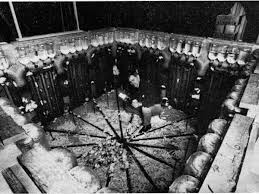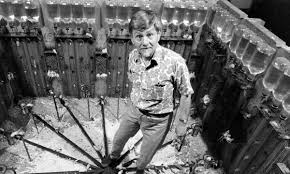In the late 1960s, ethologist John B. Calhoun embarked on a groundbreaking experiment known as “Universe 25,” aiming to explore the effects of overpopulation on social behavior. What began as a seemingly perfect environment for mice—abundant food, water, and shelter—devolved into a chilling scenario of societal collapse, offering profound insights into the dynamics of social structures.
Sources

The Experiment Unfolds
Calhoun constructed a habitat designed to accommodate up to 3,000 mice, providing all necessities except for unlimited space. Initially, the mouse population thrived, doubling every 55 days. However, as numbers swelled, social behaviors began to deteriorate. Dominant males became hyper-aggressive, while others withdrew entirely, leading to a breakdown in social hierarchies. Females, overwhelmed by the chaos, neglected their young, resulting in high infant mortality rates. Some mice, dubbed “the beautiful ones,” isolated themselves, focusing solely on grooming and eating, showing no interest in mating or social interaction.
Sources
The Collapse
Despite the environment’s capacity, the population peaked at 2,200 mice before declining. The breakdown of social norms led to a cessation of reproduction, and eventually, the entire population perished. Calhoun termed this phenomenon the “behavioral sink,” illustrating how social structures can disintegrate under pressure, even in the absence of resource scarcity.
Sources 1
Sources 2
Sources 3
Implications for Humanity
Calhoun believed his findings had implications beyond rodent behavior, suggesting that similar patterns could emerge in human societies facing overcrowding and social stress. He warned that the lack of meaningful social roles and the breakdown of community structures could lead to societal decay. However, critics argue that human societies possess complexities and coping mechanisms that differentiate them from rodent populations, cautioning against direct comparisons. (I wasn’t convinced… tell me it doesn’t “feel” like our “modern society”.)
Sources
A Mirror to Society
While the Universe 25 experiment cannot be directly equated to human experiences, it serves as a stark reminder of the importance of social structures, meaningful roles, and community engagement. In an era where urbanization and social isolation are prevalent, Calhoun’s work prompts reflection on how we design our societies and the value we place on social connections.Sources
Note: This article is based on historical experiments conducted by John B. Calhoun and subsequent analyses. The interpretations and implications discussed are subject to ongoing scholarly debate.
